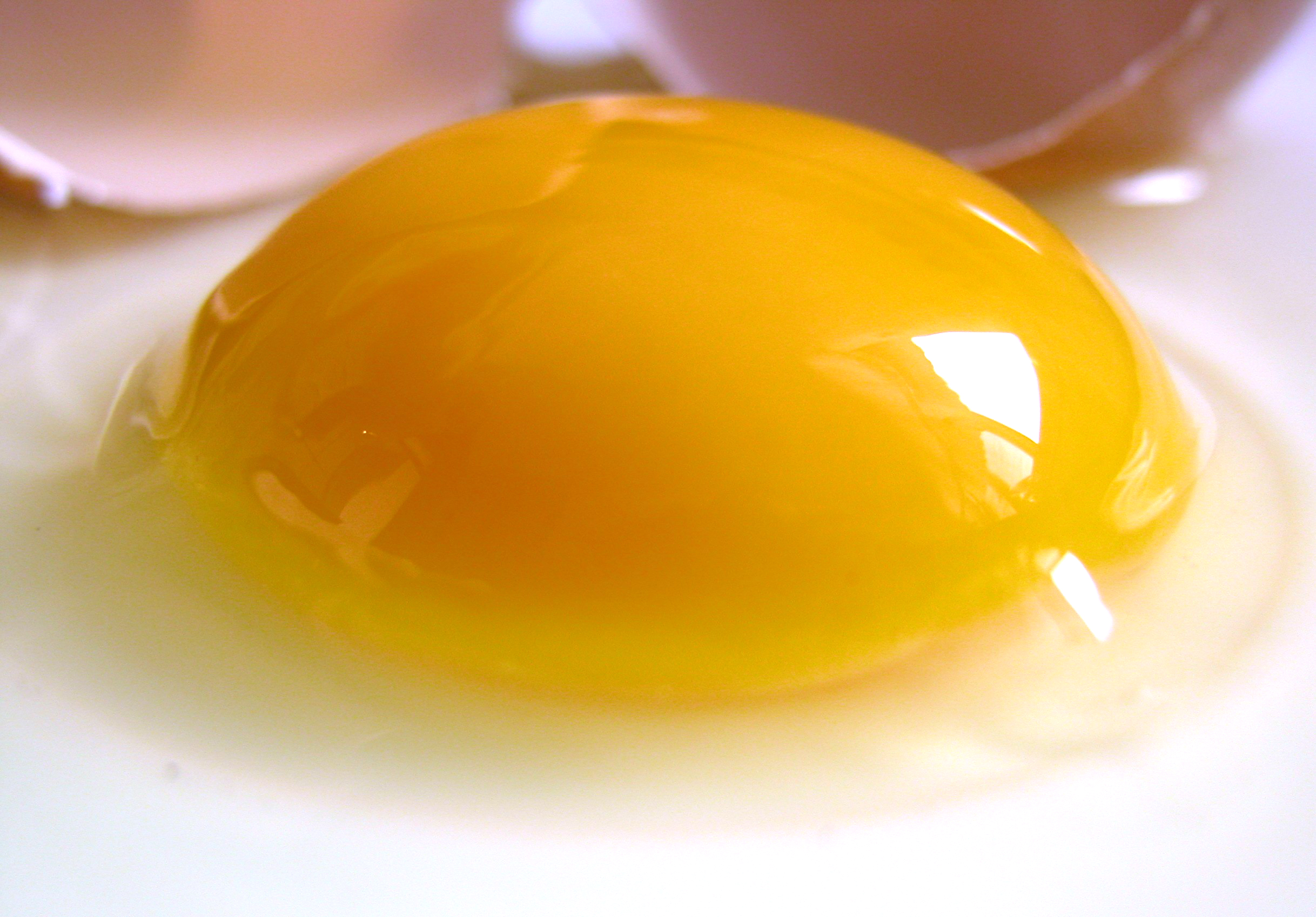Cooking 101
- Basics of Cooking
- Essential Cooking Skills
- Exploring Cooking Styles
Exploring Cooking Styles
Modernist Cooking Techniques

Approach to culinary arts based on scientific understanding and techniques.
Modernist cuisine, also known as molecular gastronomy, is a branch of food science that utilizes scientific principles to achieve new and innovative dishes. This unit will introduce you to the world of modernist cooking, its principles, techniques, and how to incorporate them into your everyday cooking.
Introduction to Modernist Cuisine
Modernist cuisine is a culinary movement that blends scientific knowledge with culinary art. It was popularized by chefs like Ferran Adrià and Heston Blumenthal, who used scientific techniques to create innovative and surprising dishes. The goal of modernist cuisine is not just to create new flavors and textures, but also to understand why certain cooking techniques work.
Understanding and Using Modern Cooking Techniques
There are several techniques associated with modernist cuisine. Here are a few:
-
Sous Vide: This technique involves sealing food in a plastic bag and cooking it in a water bath at a precise temperature. This allows the food to cook evenly and retain its moisture.
-
Spherification: This technique involves forming a liquid into spheres that burst in the mouth. It's often used to create 'caviar' from fruit juices or other liquids.
-
Foams and Airs: These are light, frothy substances created by incorporating air or gas into a liquid. They can add a unique texture to dishes.
-
Deconstruction: This technique involves taking a well-known dish, breaking it down into its components, and presenting it in a new and often surprising way.
Safety Considerations
While modernist cooking techniques can be exciting, they also require careful handling and understanding. Some techniques involve the use of chemicals, high heat, or pressure, so it's important to follow safety guidelines and use the correct equipment.
Incorporating Modernist Techniques into Everyday Cooking
While some modernist techniques may seem complex, many can be incorporated into everyday cooking. For example, sous vide can be used to perfectly cook steaks, while spherification can add a fun twist to cocktails or desserts. The key is to start small, experiment, and most importantly, have fun with your cooking.
In conclusion, modernist cooking techniques offer a new way to explore and enjoy food. By understanding the science behind cooking, you can create dishes that are not only delicious but also visually stunning and texturally surprising.